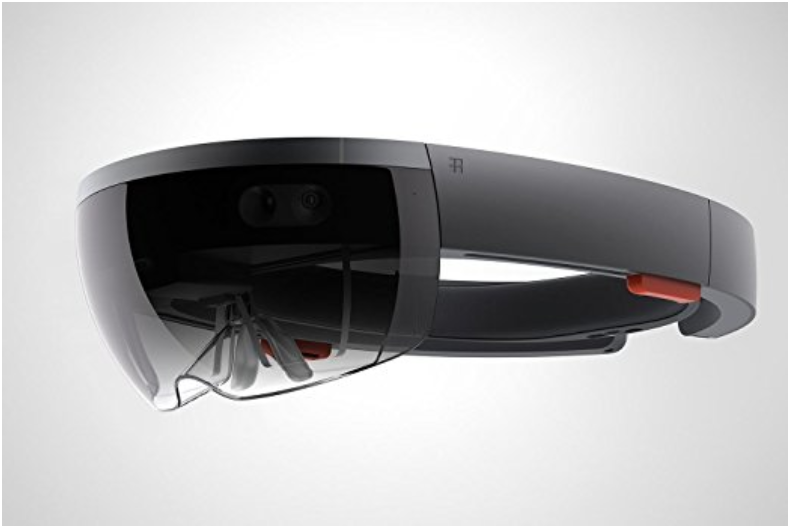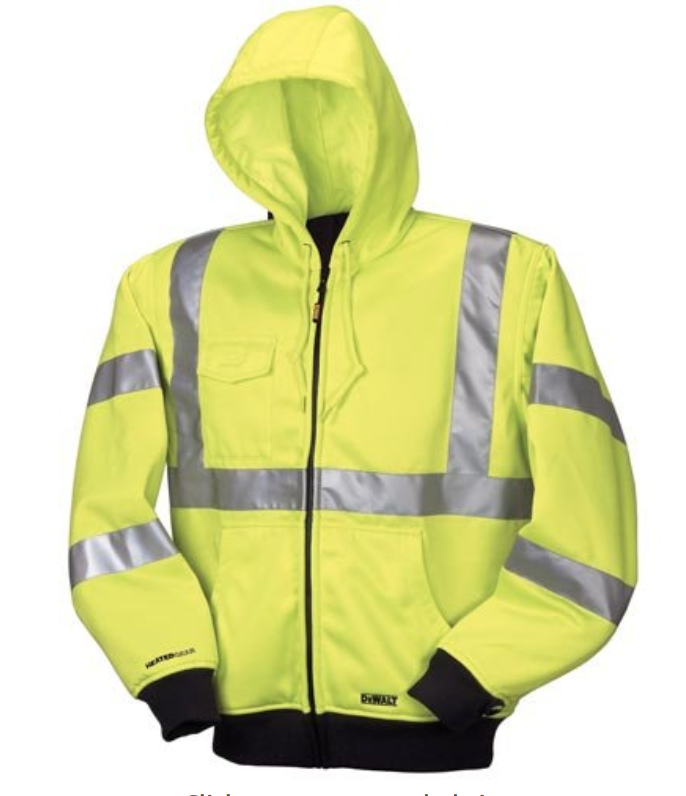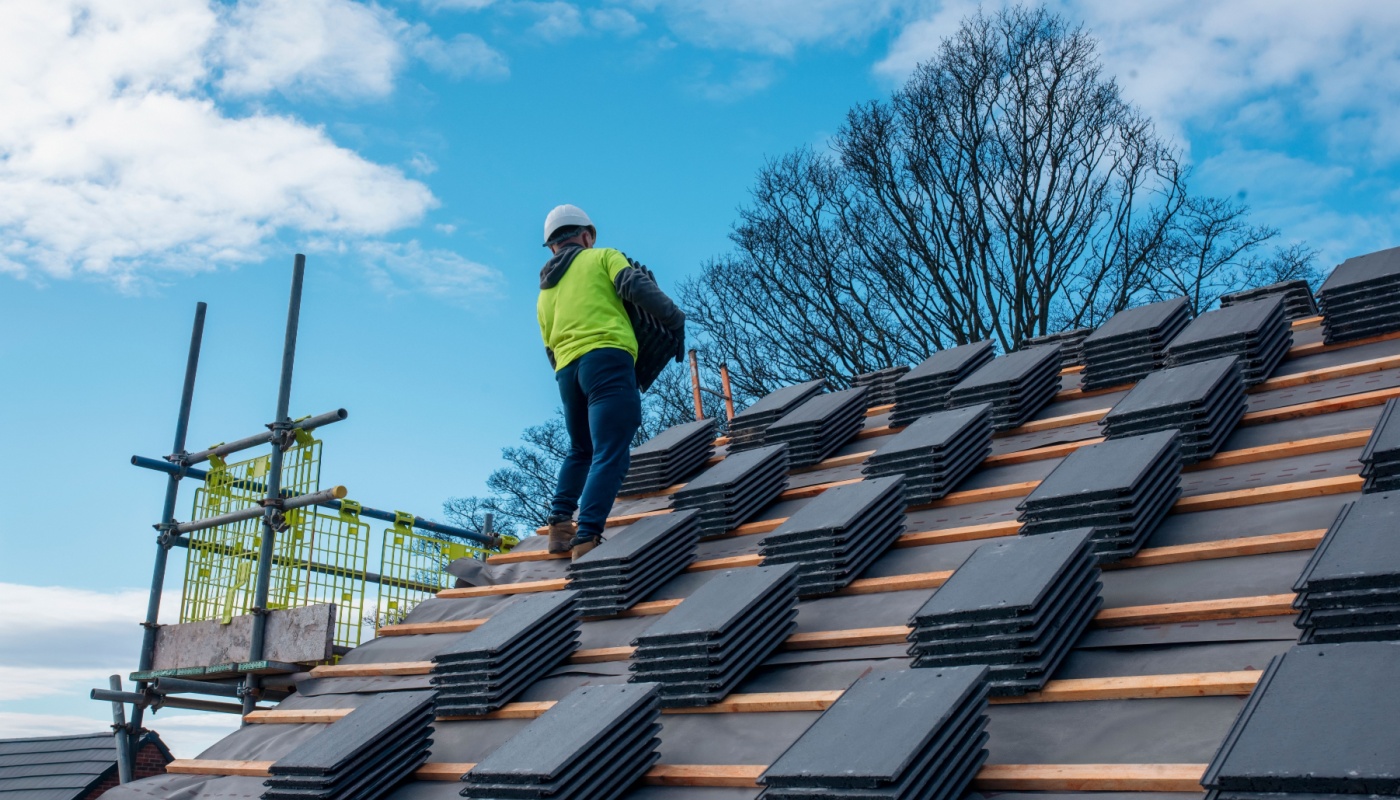
Wearable Technology In Construction to Watch For in 2019
Wearable technology in construction is increasing on the job site. Some of these wearables improve comfort, while others improve safety. As the world progresses further and these ideas become more advanced, they will be more prevalent on sites.
The increased spending and investment in the Internet of Things means that wearables will continue to grow in popularity with roughly 20% of Americans wearing technology. Wearable technology is commonly a watch that allows people to track their steps and fitness, respond to messages, receive directions and more. As they become less expensive and more prevalent, those technologies will trickle into construction to offer more options. For now, here are just some of the top construction wearables to watch for in 2019.
Table of Contents
Smart Cap
Smart Cap is out of a science fiction novel, but it has the possibility of really improving safety. This construction wearable uses brain waves to monitor fatigue. When workers are fitted with a Smart Cap hat or hard hat, it measures their fatigue to prevent micro-sleeps. If a worker starts to go to sleep it sends alerts through vibrations and noise to let the wearer know they should stop what they’re doing. This will keep workers alert on the job site. And it gives supervisors the ability to know if someone is falling asleep. This way they can get them to a safer place to wake up so no accidents occur.
Spot-R
Spot-R Clips by Triax Technologies are a construction wearable that will be prevalent on job sites in the future. The Spot-R clips can identify the number and location of workers on a site at any time. And the built-in gyroscope alerts supervisors to the location of someone that has tripped, slipped, or fallen. With push-button alerts, workers can signal if they’re injured and receive attention sooner. Project managers can assign the Spot-R clips to specific workers. So you know who is using a piece of equipment without having to physically check. And the site-wide evacuation portion of the app alerts workers if they need to evacuate.
The Spot-r also has a self-alert button. So if there is another type of event or emergency workers can press the button and alert the superintendent or project manager. And they can react appropriately to the hazard.
This technology stands to improve construction site safety immensely. Due to the large size of construction sites, it can be hard to get help to someone when they fall or have an accident. It can improve response times to incidents and injuries, and hopefully reduce fatalities. And even the potential false alarm is worth it if it can save a life.
HoloLens
Microsoft’s Original HoloLens made its way into construction. The HoloLens allowed for users to overlay 3D building plans over a job site. The building plans are to scale with the HoloLens. So project managers see how things will work on the site before it’s built. In trials, project managers have seen parts that won’t fit on the site before the piece has arrived. Then parts are resized or fixed before they arrive at the site. For now, project managers use the HoloLens on project sidelines. However, it’s certified protective eyewear.
Microsoft recently released the HoloLens 2, offers many of the same features. However, users now have a more comfortable solution for longer wear sessions. Trimble partnered with Microsoft to ensure a construction related app and workflows so users can get their job plans and more right on the site. It allows the use of better workflows to leverage the mixed-reality. This type of technology offers a lot of productivity boosts to contractors as they can see in real-time how the plan overlays with the site. This type of technology will help reduce the amount of rework that happens in construction.

Heated Jackets
Heated jackets aren’t necessarily a new construction wearable. However, the technology is getting better. Jackets have battery packs that can heat for 8 hours or more. The jackets are lighter now. With most weighing around 2 pounds or less. And companies like DeWalt and Milwaukee are making them reflective for construction and other workers. Other companies, like Ravean, are using rechargeable Lithium-Ion batteries for their jackets. It reduces the number of batteries wearers must purchase. And it could even be charged in a vehicle. And more jackets are coming with a variety of heat settings to better fit wearer needs.

Conclusion
As time progresses we’ll see an increase in wearable construction technology. One day their might be watch apps that allow workers to clock in through their smart watch and move about the site. This would send better data back to the office to understand productivity and hazards on a site. The future of wearable construction technology is endless, products beyond our wildest dreams will permeate the future.


